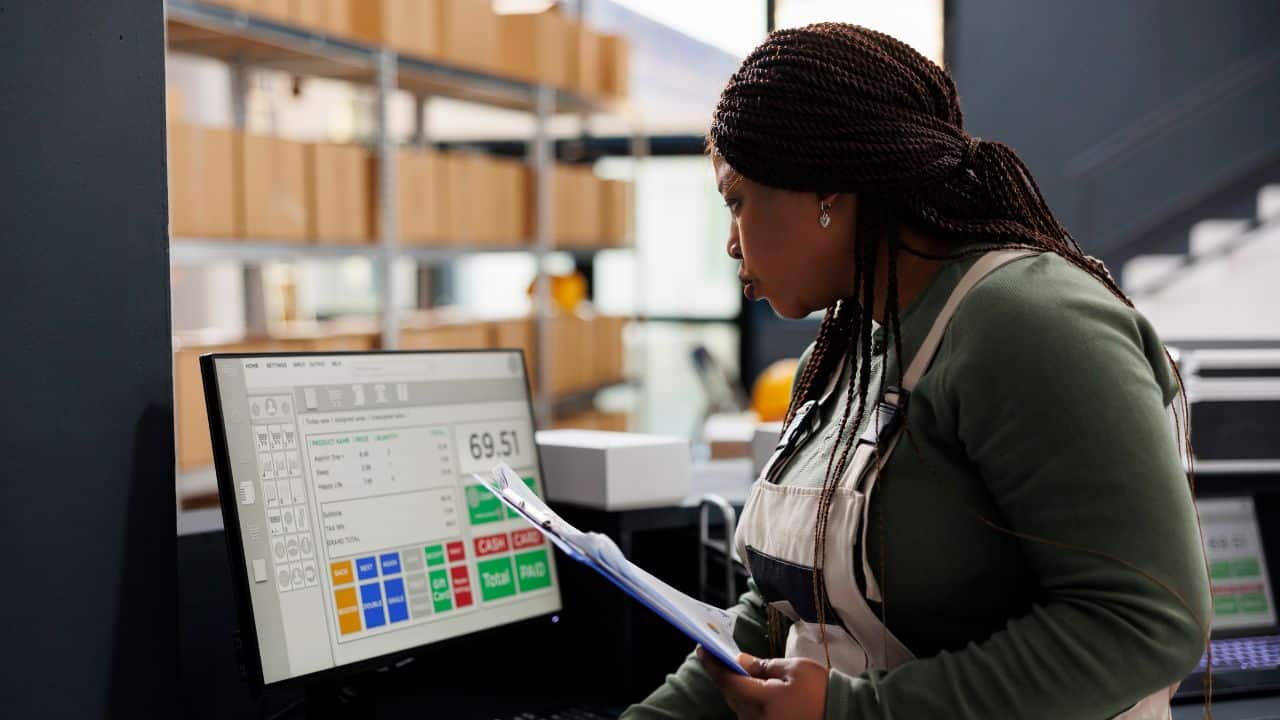
Temperature-controlled logistics refers to an approach to managing product handling, storage and transportation that needs specific heat level requirements. Industries such as chemicals, food, and pharmaceuticals are those who need this management the most. Those industries should maintain a consistent climate to boost product effectiveness and safety along the supply chain. Modern technologies allow sensitive products to be transported perfectly without neglecting the factors that ruin their quality.
Table of Contents
Get to Know This System
Also referred to as cold chain logistics, this system describes the overseeing activity of the movement and storage of the product. The products or goods are specifically sensitive to heat change whether sensitive to cold or hot. The goods with characteristics like this usually are medical equipment, chemicals, pharmaceuticals and perishable food.
The delivery and storage process is done by modified vehicles and tools like warehouses and refrigerated trucks. To track the entire process, they also add monitoring devices. These devices change the manual tracking into automation to reach desired conditions and requirements.
The system doesn’t only work for a single sector. It reaches other sectors but with adjustment or modification to fit in. In pharmaceuticals, for instance, a slight temperature change affects the efficacy.
That is why in this sector, the precise heat level is the most essential thing. In the food sector typically frozen and refrigerated products are the things they deal with, need constant low-heat levels. This makes the businesses successfully deliver the products in the finest condition, reduce the spoilage possibility, and reach regulatory requirements.
How the System Works
Temperature-controlled logistics works as it functions with the support of infrastructure and tailored technologies. They work together with one purpose: keeping the products in a specific heat range. The next points explain how the system runs its function.
The Vehicles
Refrigeration units are installed in the vehicle. It is to set the cargo environment. The climate control system is also there to make the environment condition at the desired level. Each vehicle should be equipped with the right components or equipment based on its specialty. For example, shipping containers are ideal for sea transportation. Refrigerated trucks are good for road transportation.
Smart Technology
After the vehicles are ready, smart technology is added. This modern technology is paramount for automation. It allows the whole system to run on autopilot with one specific direction or activation button. The information is sent in real-time.
This starts with the sensors that are responsible for catching the first calefaction change indication. They are installed directly in the container that carries the object. Then data loggers will analyze the data and save it. Those make the monitoring and the recording sessions run continuously at the preset time. The recorded data is critical to regulatory standard compliance. The stakeholders will see every process clearly, ensuring the quality and authenticity of the products.
Warehouses with Heat Level Monitoring
After the goods arrive at the destination, the warehouses take over the next process. If the products are to be distributed, then they are transported to distribution centers.
The core of the system is to make sure the three important elements above work in harmony. They simultaneously work to keep the products are not exposed to unwanted heat levels.
The System’s Benefits in Ensuring Product Quality During Transportation
These are the advantages of the system that the business owners should notice.
Quality
This system’s implementation is to safeguard the products’ quality. The highly noticeable industries that need it are perishable products. Spoilage is the problem that the system strives to prevent. Vaccines and chemicals need precise heat levels to have proper efficacy. Meats, dairy products, vegetables, fruits, and yogurts are examples of perishable goods that are easily ruined by the outranged heat level.
Compliance Evidence
The government regulates the businesses that deal with perishable goods. They have to protect society from the harmful products that can endanger their lives. There are standards that every business has to comply with when moving and storing perishable objects. The system protects both consumers (their health) and the business owner (business continuity).
Accountability and Traceability
The system helps businesses to verify their quality. It significantly reduces quality issues and dispute likelihood. The data also can be used to improve the next operation, preparing predicted problem-solving during transportation.
Get the Solution
The businesses with perishable goods definitely need that cold chain logistics. To get the best solution, you should contact a data logger manufacturer or supplier. With real-time tracking, a slight change over seconds can be detected quickly. The data recording helps the company to archive the transportation and storage process time by time.
